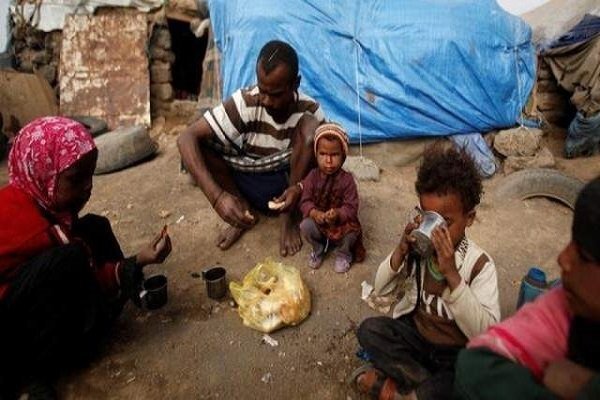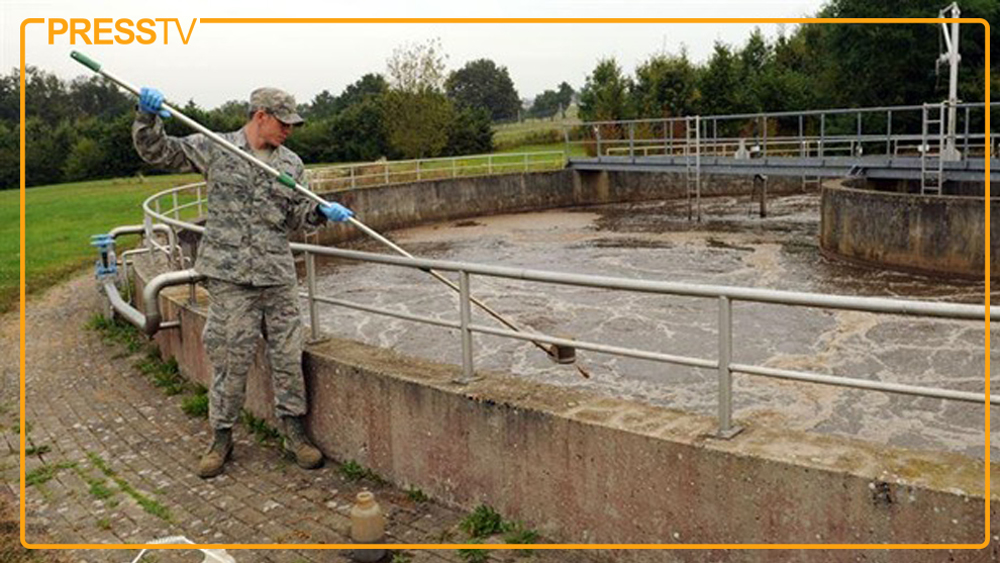Economic Uncertainty Persists as Industry Dips Deeper into Recession
TEHRAN (Iran News) Data published by the Iran Chamber of Commerce’s Research Center indicates that the overall economic PMI for May, after adjusting for seasonal effects, stalled at a neutral 50.3—barely above contraction territory. Meanwhile, the industrial PMI slipped to 46.3, marking its lowest reading in 10 months since August 2024 and confirming growing signs of recession in the country’s manufacturing sector.
Expectations for economic improvement in May were dashed by a combination of worsening structural problems. Recurring power outages emerged as one of the most disruptive forces affecting industrial production. Paired with shrinking inventories of raw materials, rising production costs, and tight liquidity, producers found themselves unable to meet demand or maintain previous output levels.
Additional pressure came from a decline in consumer purchasing power due to persistent inflation and currency volatility, which in turn depressed domestic demand and exports. Many producers reported reduced sales and a sharp drop in new customer orders, with May being the sixth consecutive month of declining orders.
These combined stressors translated into job losses and hiring freezes in the industrial sector. Companies, burdened by uncertain economic and political outlooks, have been reluctant to expand operations or hire new workers, reflecting broader anxieties about the future.
Among the five main components of the PMI, four posted declines: production levels, new customer orders, delivery speed, and raw material inventories. The only component that remained stable was delivery speed, holding at the neutral threshold of 50.
Industrial output in May was recorded at 44.3, its lowest point in five months. The drop was largely attributed to ongoing electricity shortages, which disrupted operations at production facilities nationwide. Currency fluctuations exacerbated the situation by driving up the cost of imported materials and making pricing strategies increasingly unpredictable.
The weakness in consumer demand has also taken a toll. As inflation accelerates and wages fail to keep pace, purchasing power has eroded, causing domestic orders to fall and forcing companies to scale back production accordingly.
Iran’s export performance also deteriorated in May. The export sub-index reached its lowest point in 54 months—dating back to December 2020. Exporters cited regulatory hurdles such as complex foreign exchange clearance requirements and fluctuating exchange rates as key barriers. These issues have led to unpredictable pricing, declining profit margins, and weakening competitiveness in international markets.
Simultaneously, imports of raw materials have suffered due to delayed currency allocations and complex customs clearance procedures. For the fifteenth consecutive month, businesses reported shrinking inventories of purchased materials, compounding production delays and increasing costs.
Final product inventories continued their decline for a seventh straight month, indicating that companies are wary of stockpiling due to low demand and limited cash flow. Power outages and production cost spikes further discouraged manufacturers from maintaining normal inventory levels.
Employment indicators were equally grim. The rate of hiring in the industrial sector reached its lowest level since early 2019. This was attributed to a triple blow of energy shortages, high inflation, and sluggish order volumes. Business leaders said political uncertainty had made long-term staffing decisions nearly impossible, while stagnant wages were failing to attract or retain skilled labor.
Looking ahead, optimism among manufacturers has hit a near five-year low. May saw the second-lowest expectation reading for future output since October 2020. Many firms expect further deterioration in June, citing unresolved energy issues, logistical bottlenecks, and the ongoing lack of clarity surrounding political negotiations.
Economic stakeholders also reported that supply chain disruptions—including transportation and customs delays—would likely spill into June, prolonging the challenges faced by producers. Some believe next month could see even more severe conditions.
Business leaders identified several core issues plaguing the economy: Power outages: Frequent blackouts during the workweek crippled industrial output and disrupted operations; Limited demand: Even businesses equipped with generators were unable to sustain meaningful production due to poor sales; Currency fluctuations: Sharp swings in exchange rates caused pricing headaches, particularly for exporters who had procured expensive materials earlier and now face slimmer margins due to lower selling prices; Downstream caution: In light of market uncertainty, downstream industries have adopted a wait-and-see approach, further reducing demand; Supply chain delays: Transport and customs-related setbacks continue to hinder operations and are expected to worsen in June; Material shortages: Scarcity of key raw materials due to import barriers and price hikes has limited factory output; and shrinking consumer demand: High inflation has weakened purchasing power, reducing demand and forcing firms to adjust their production schedules accordingly.
- source : IRAN NEWS ECONOMIC DESK






























